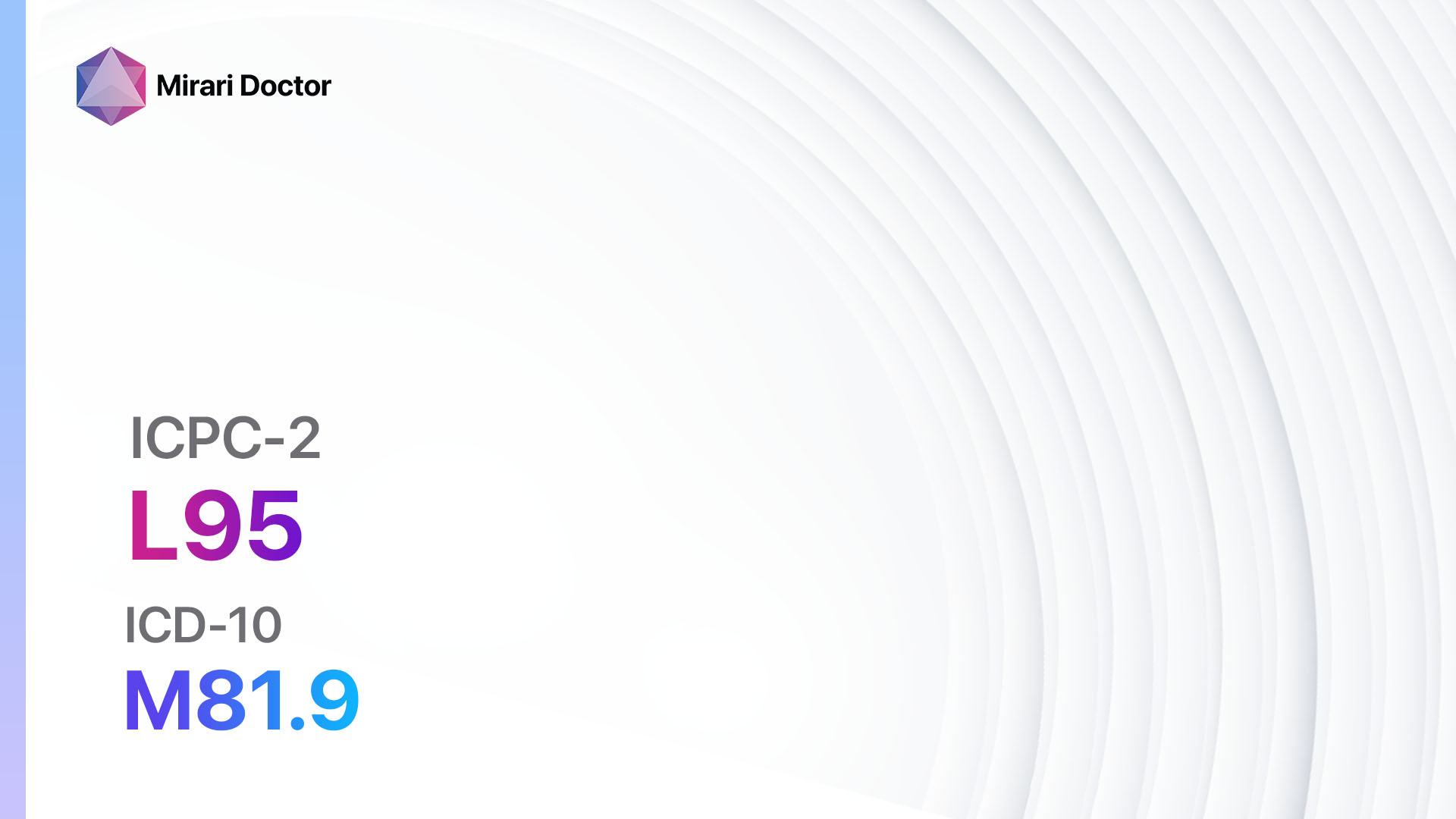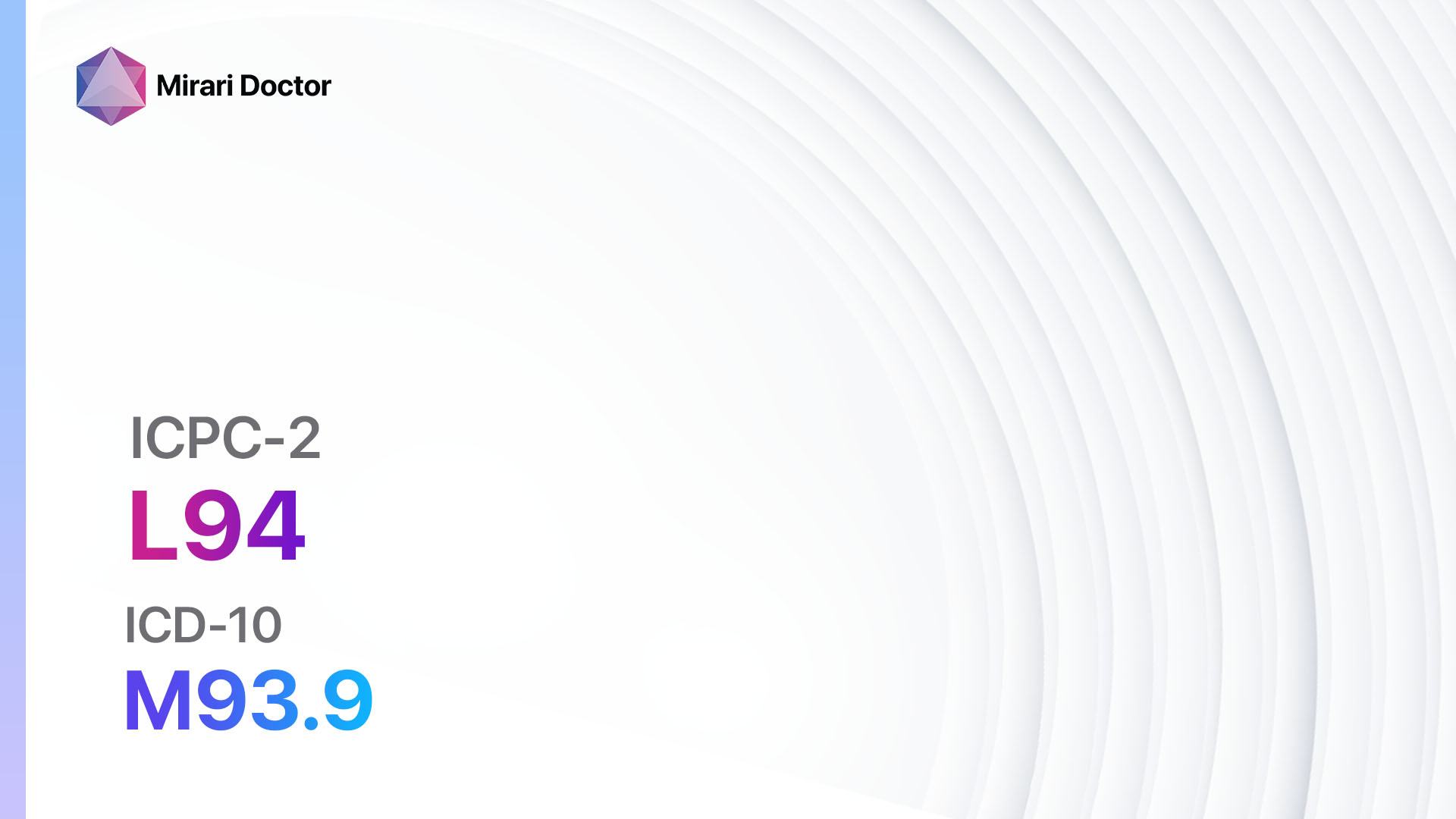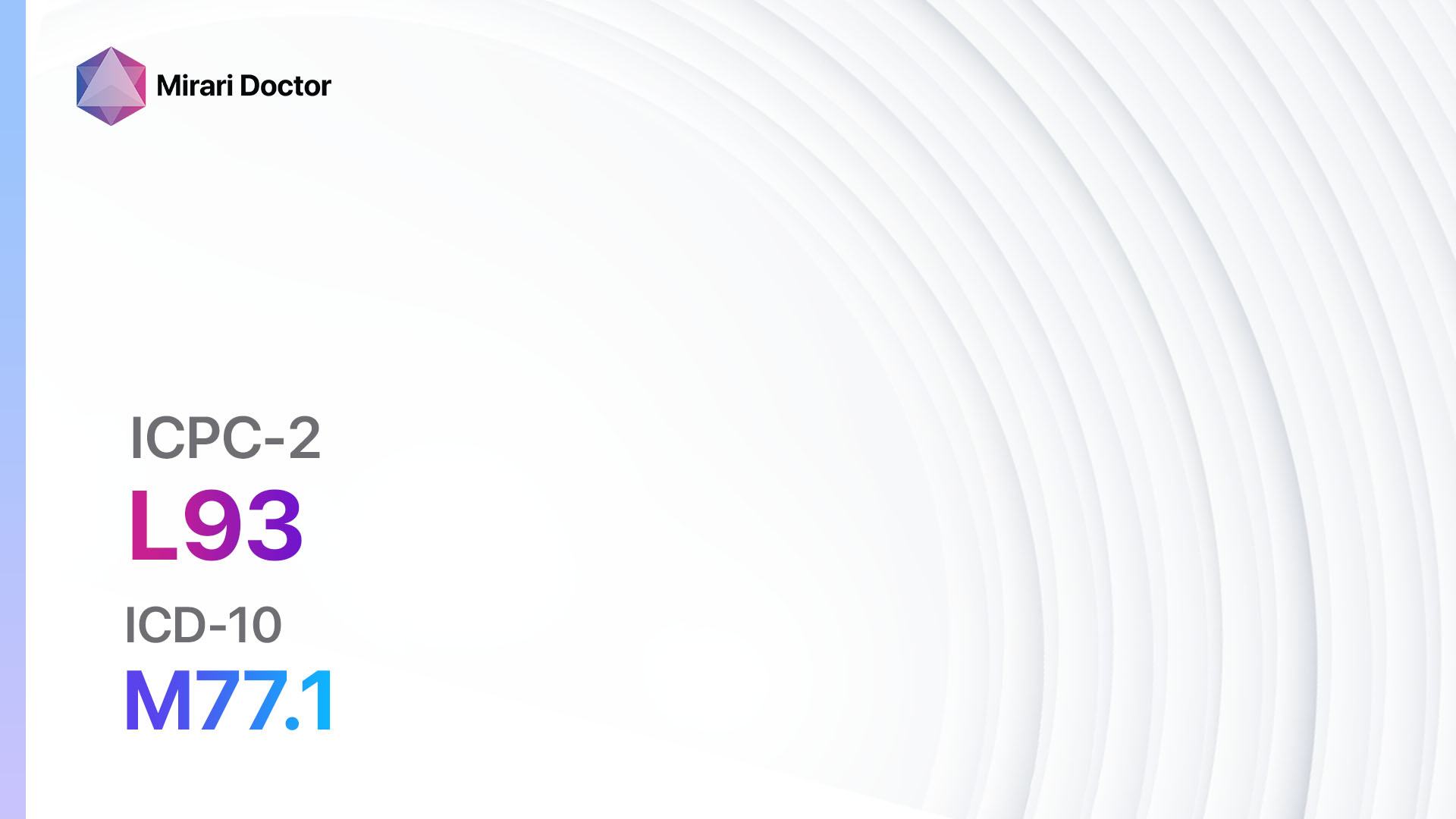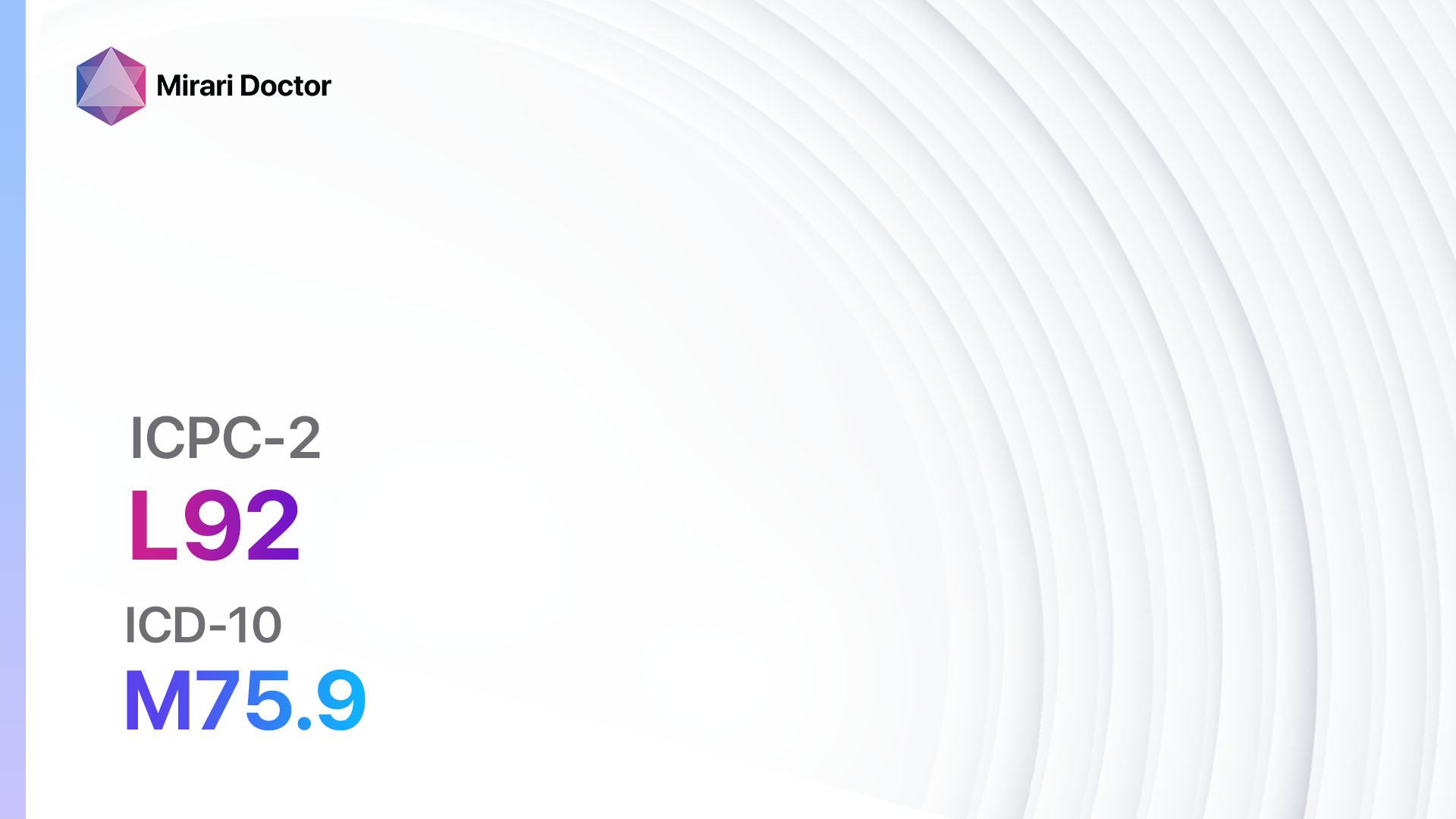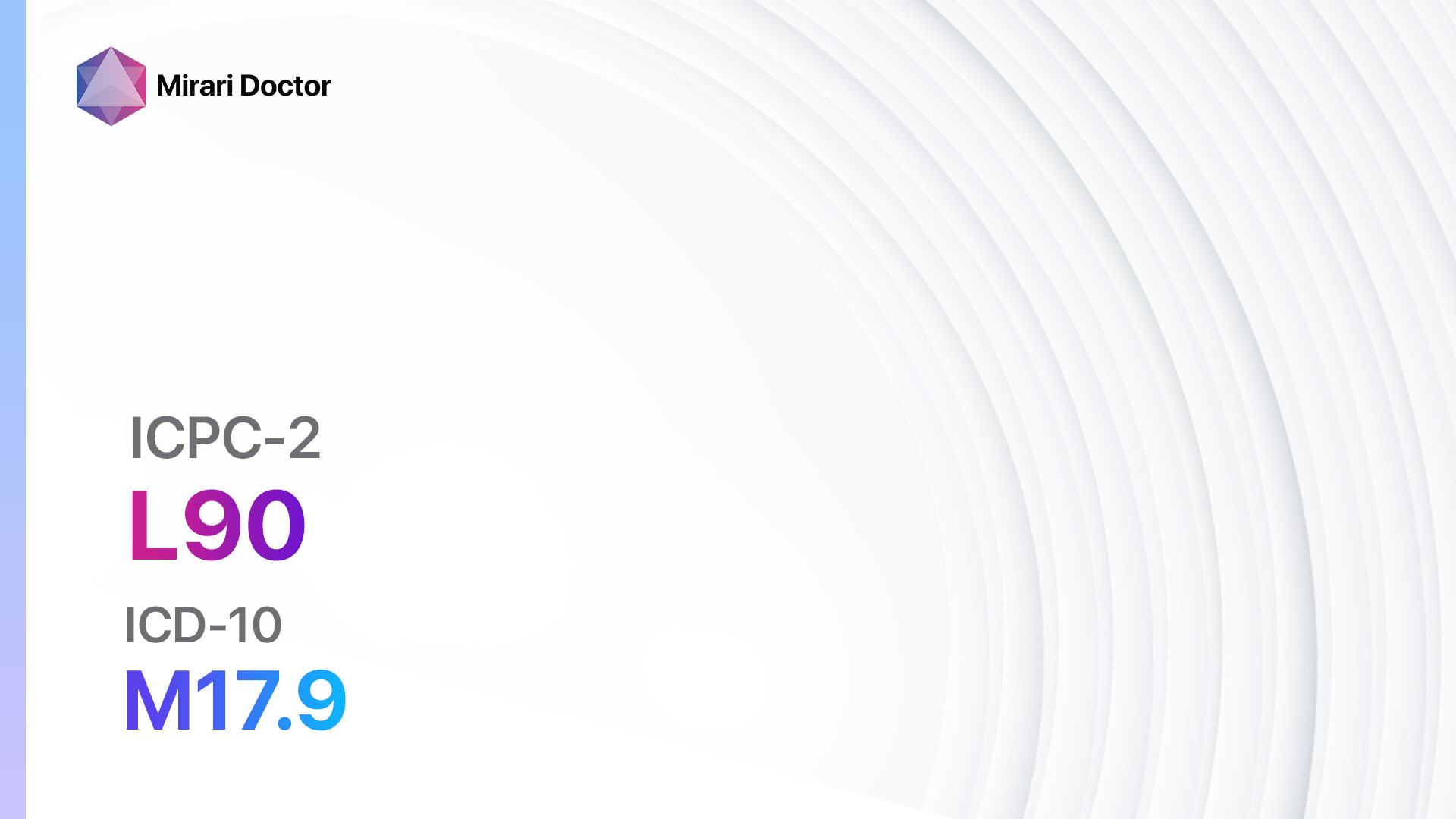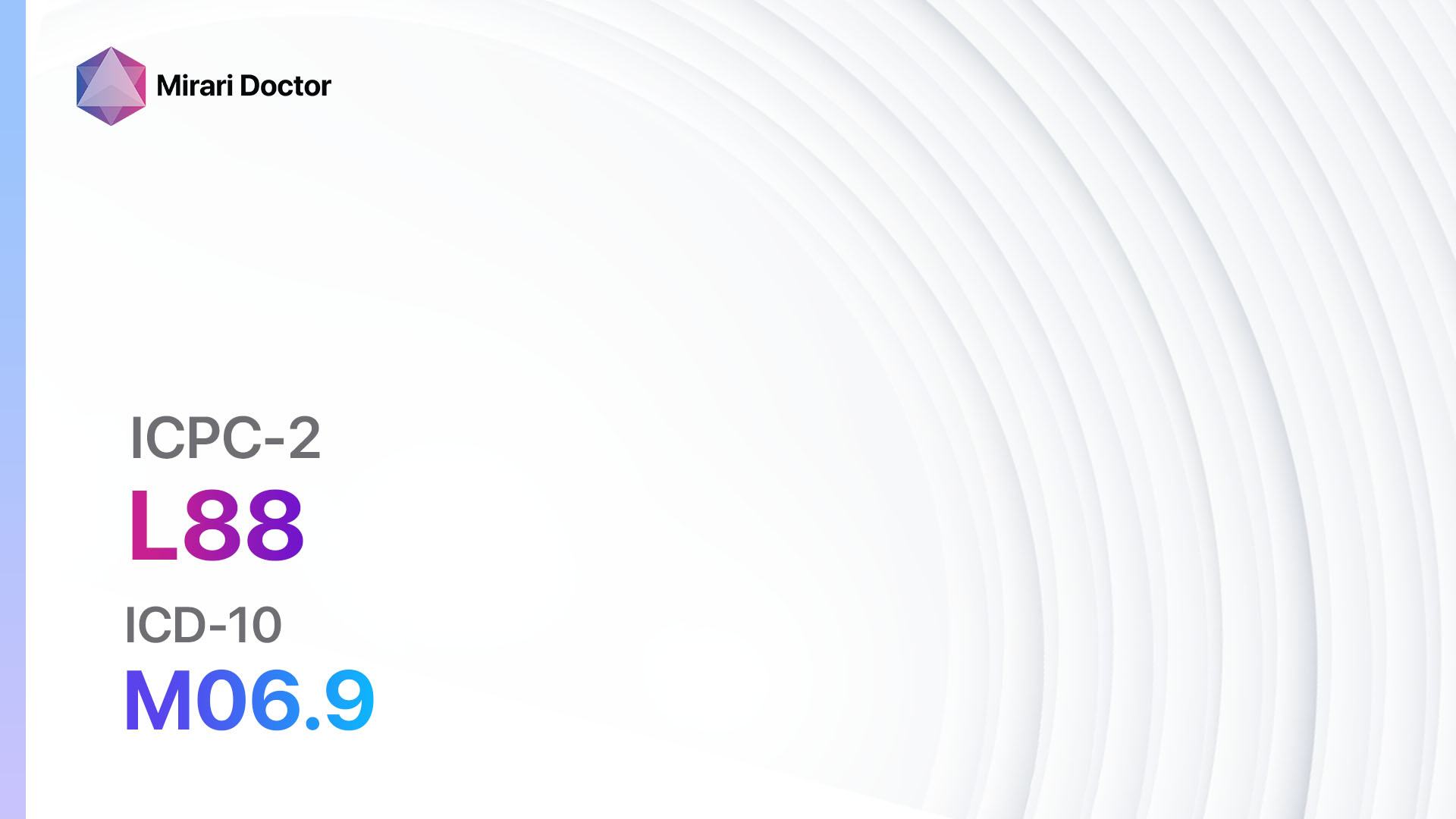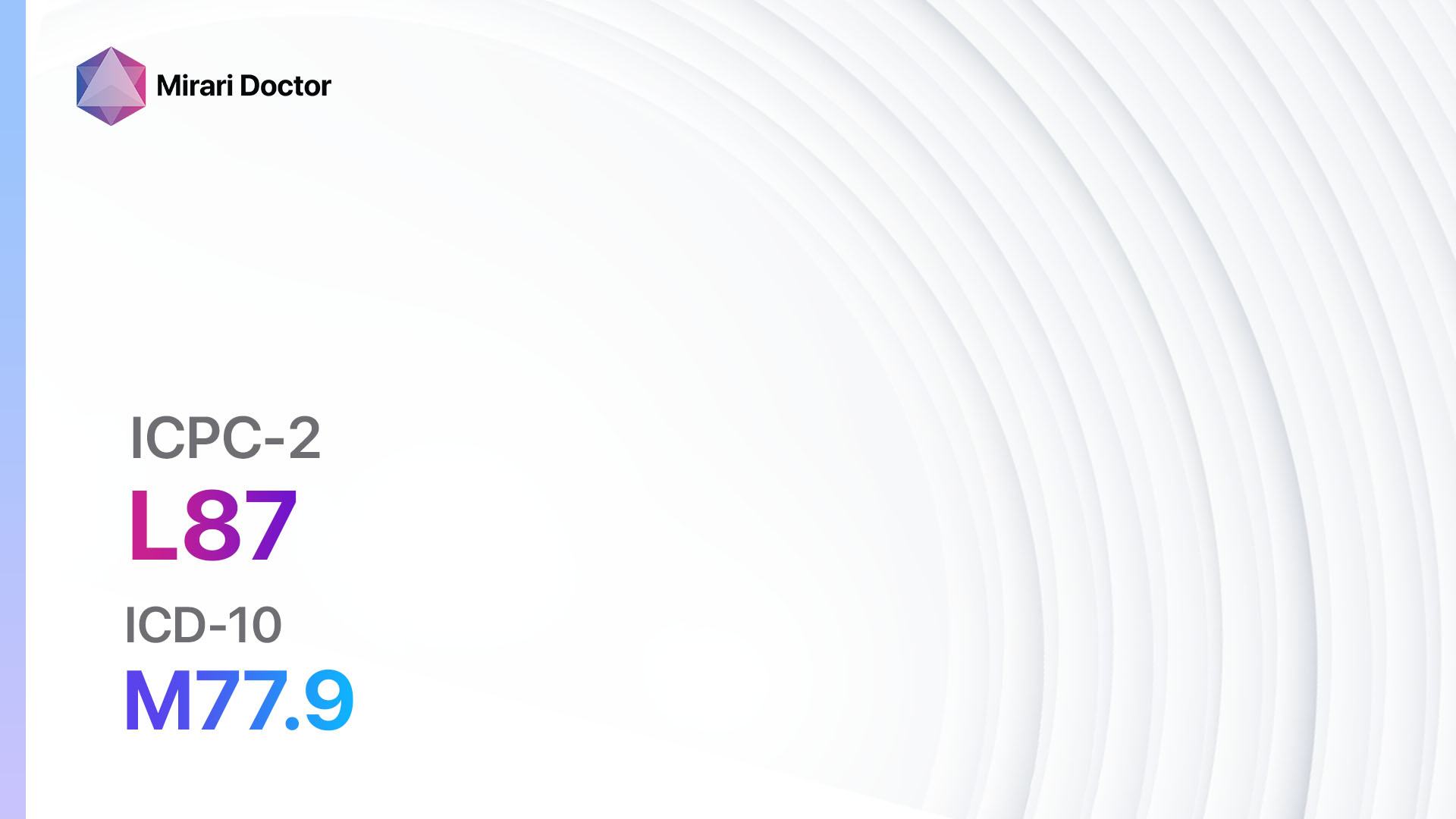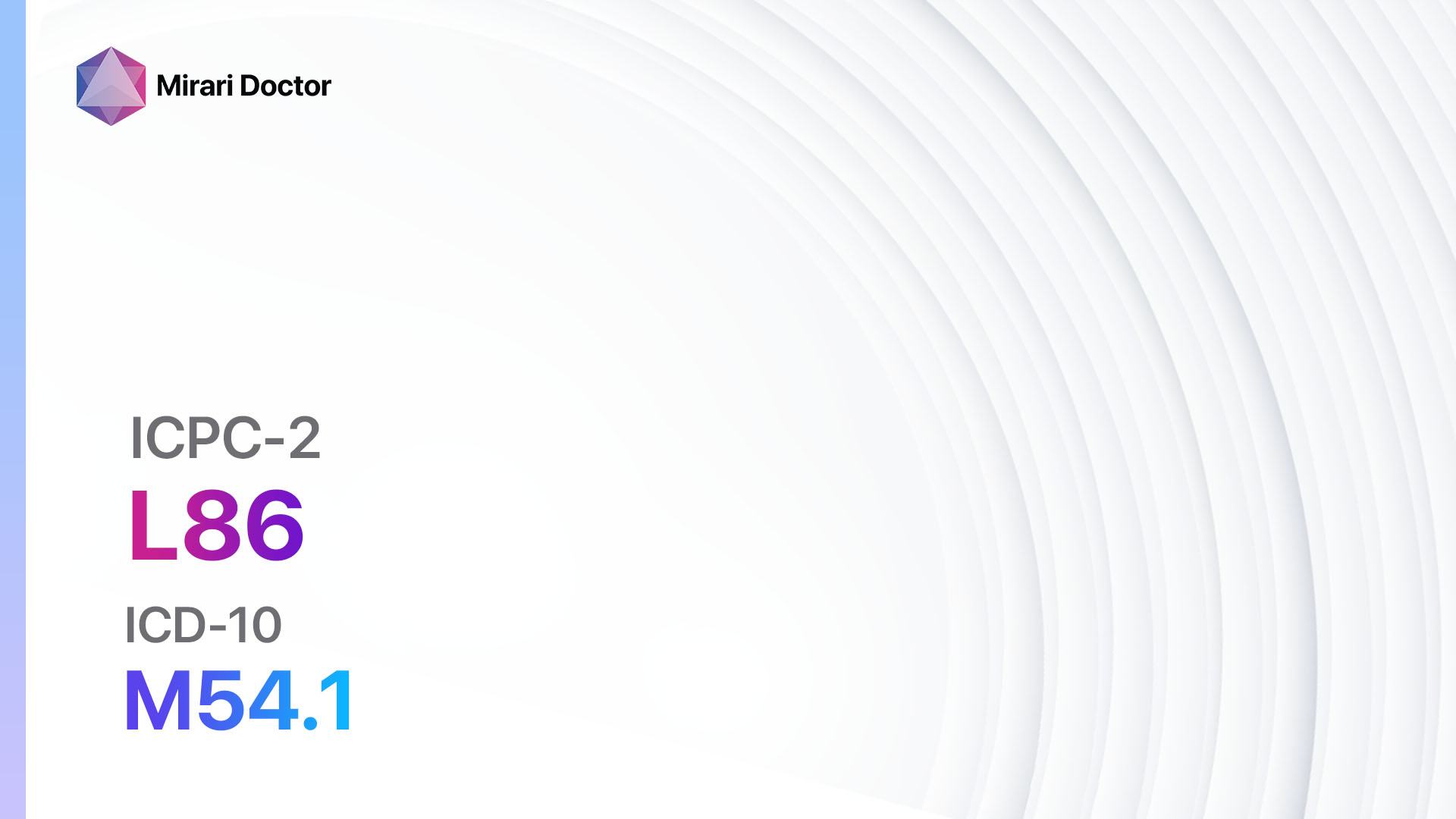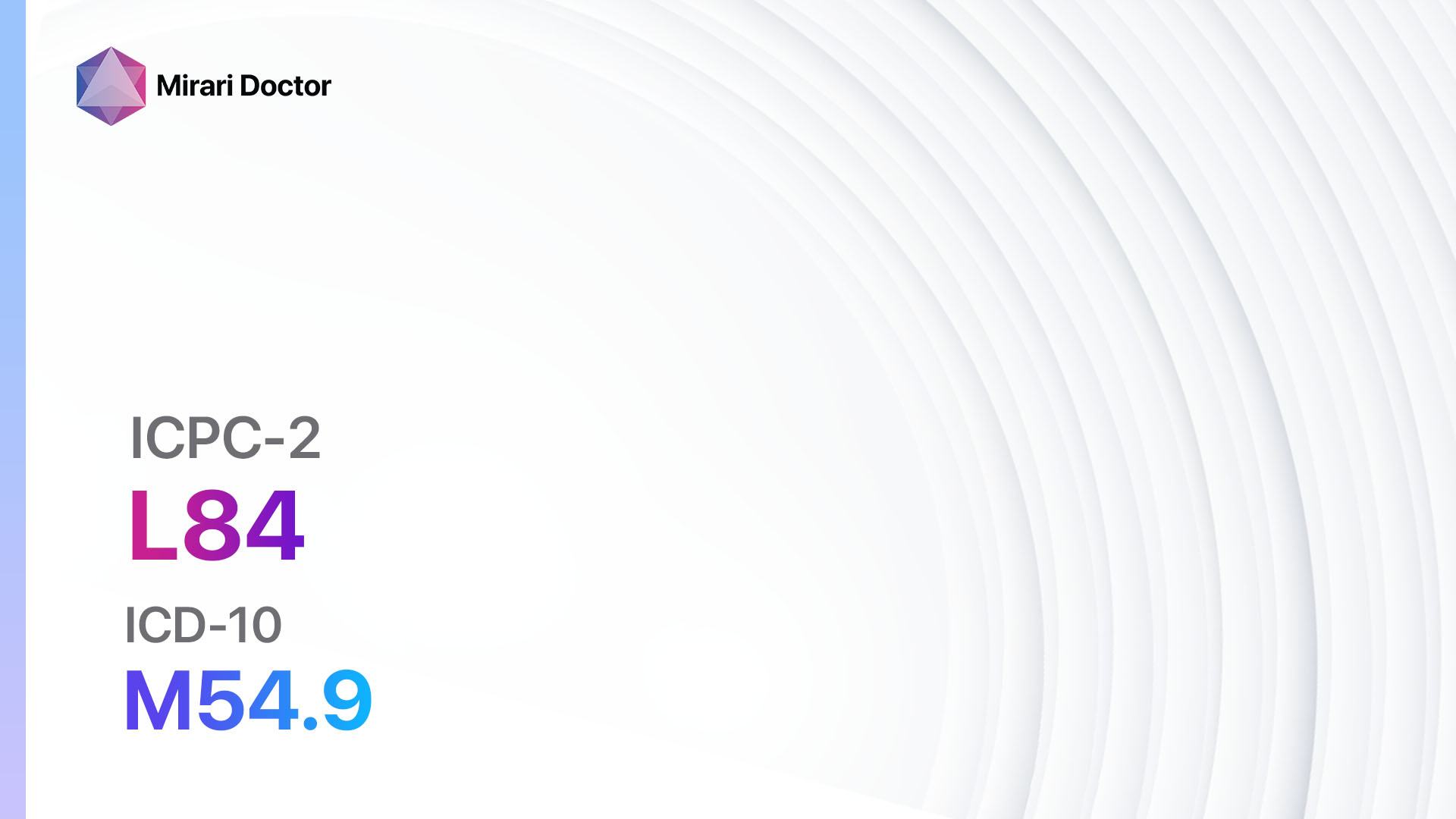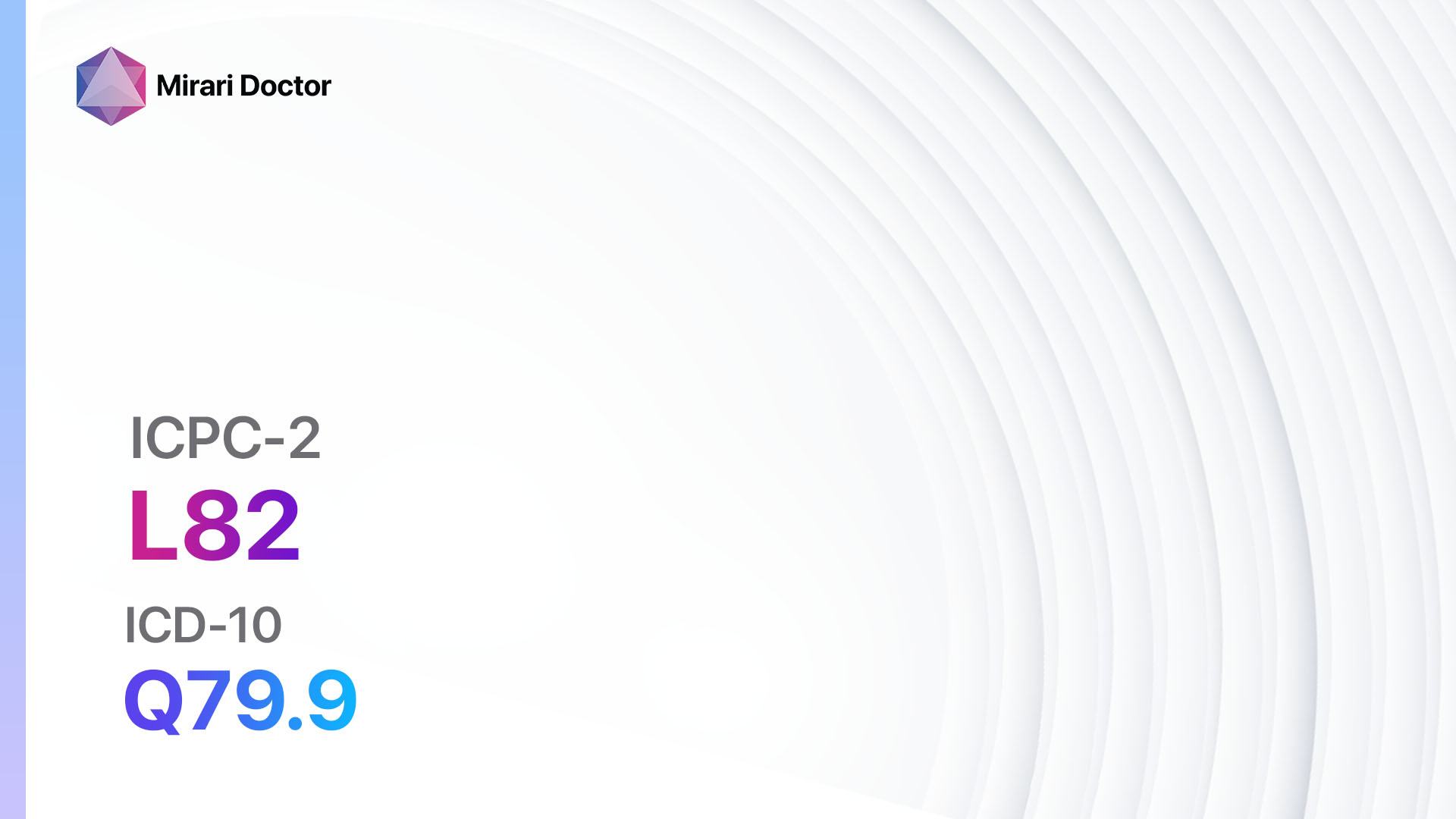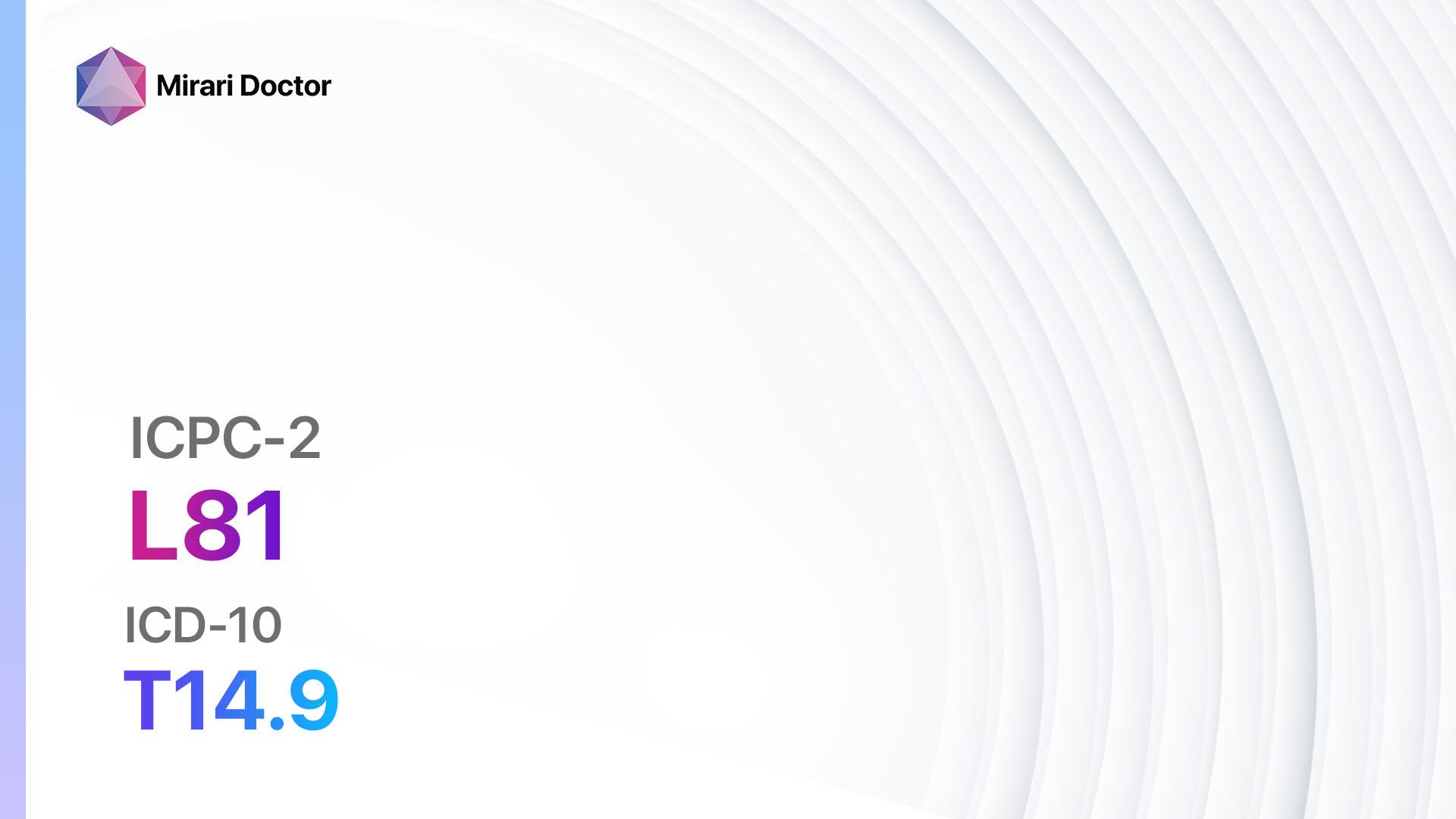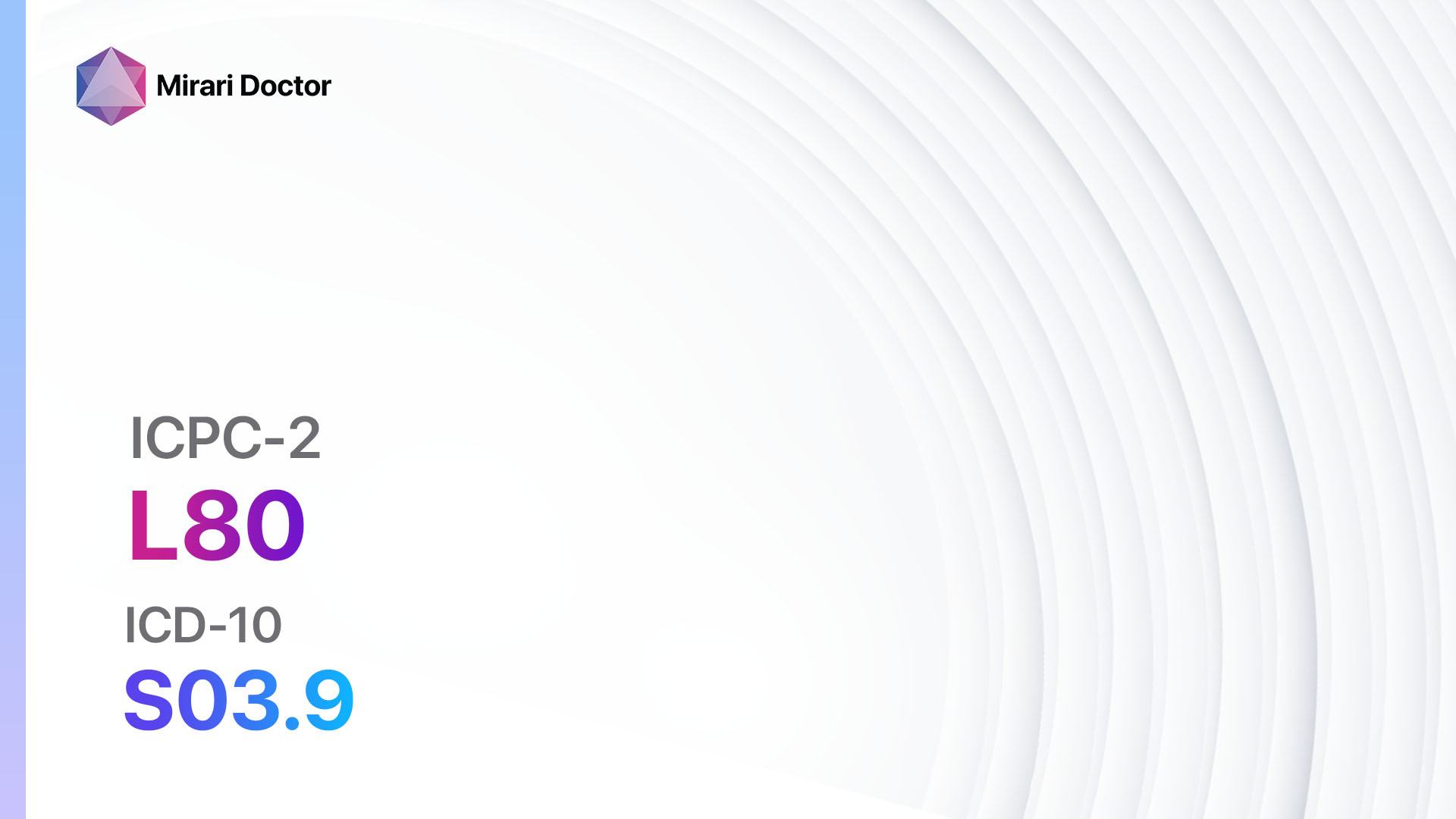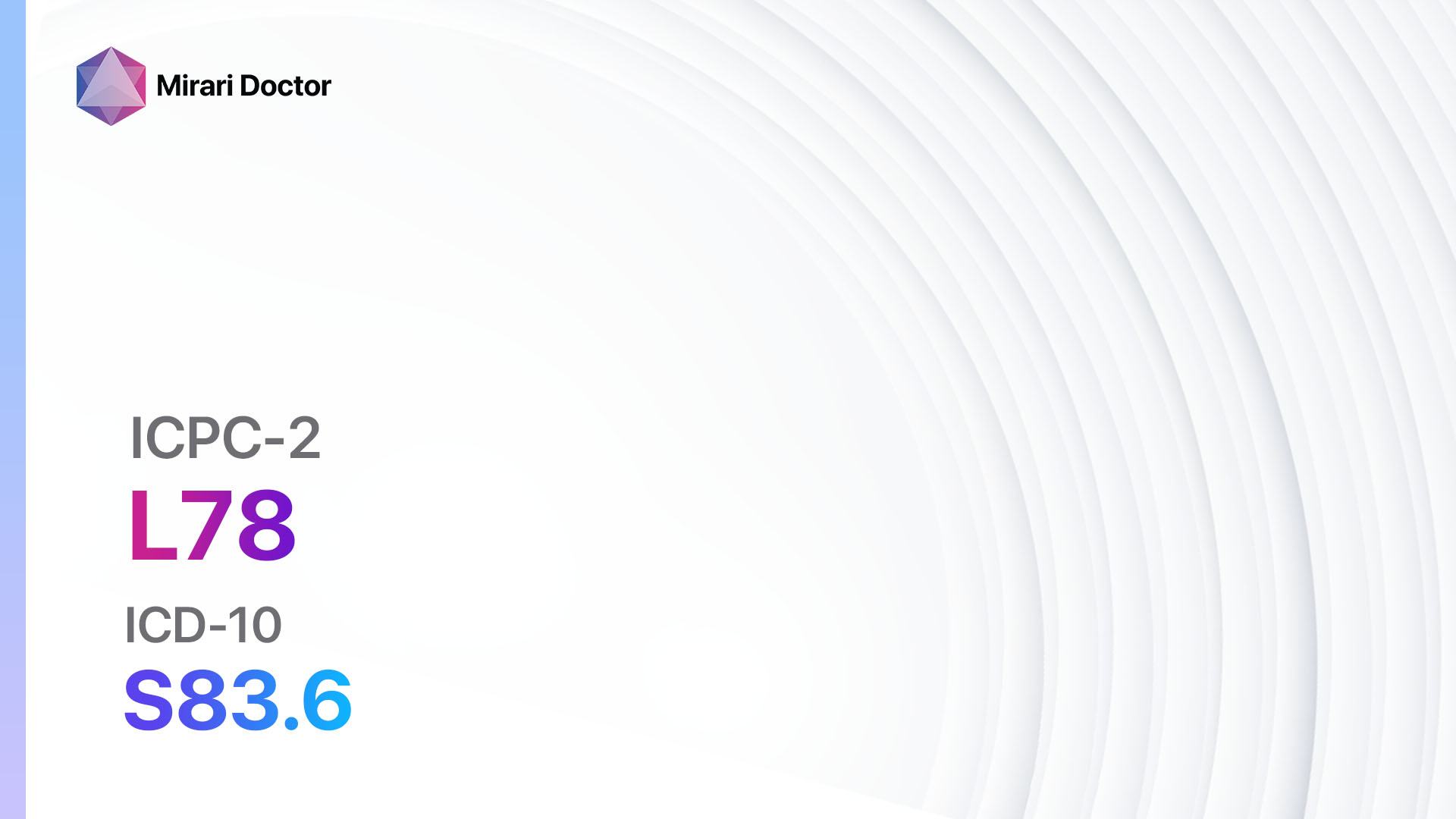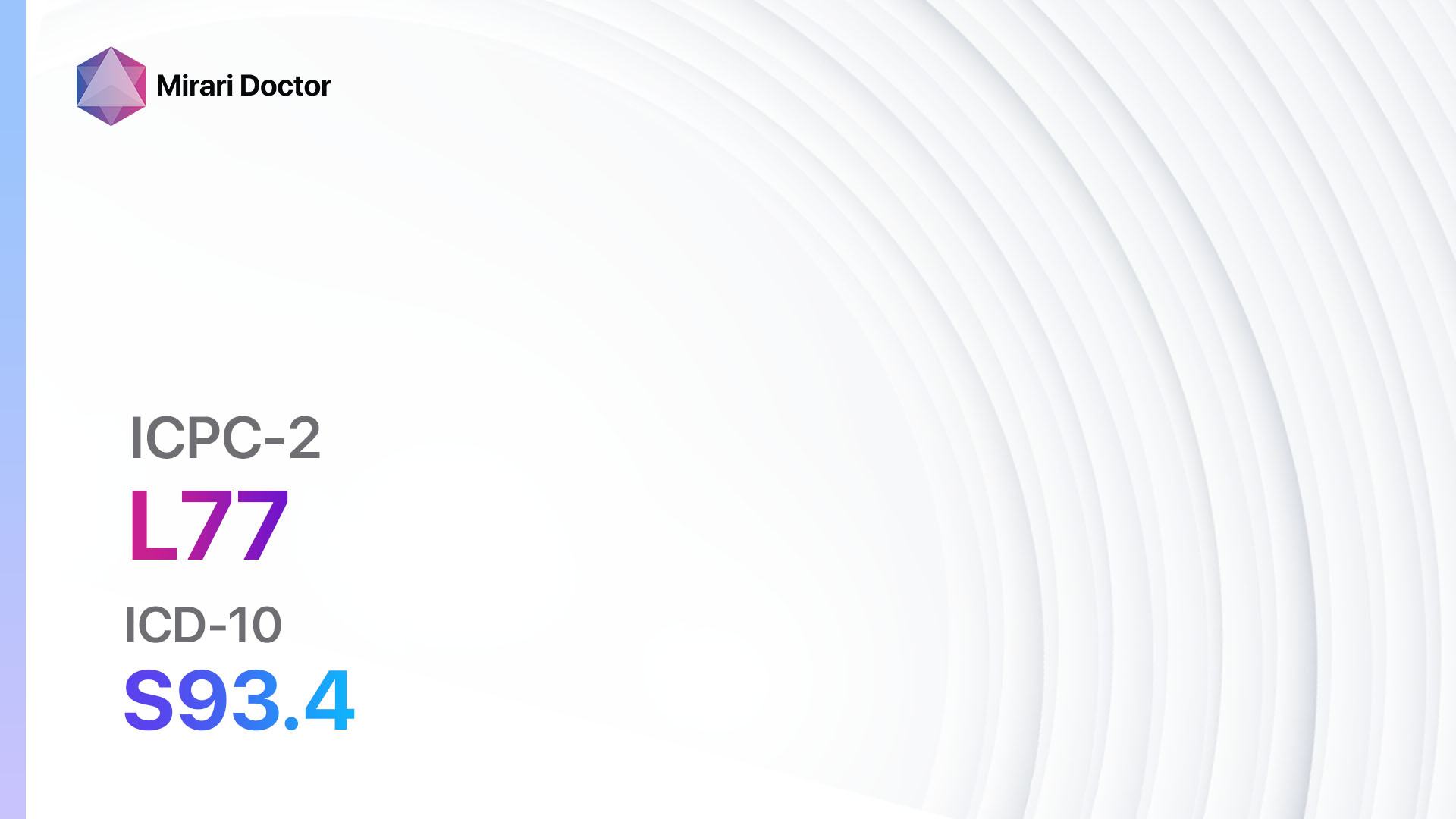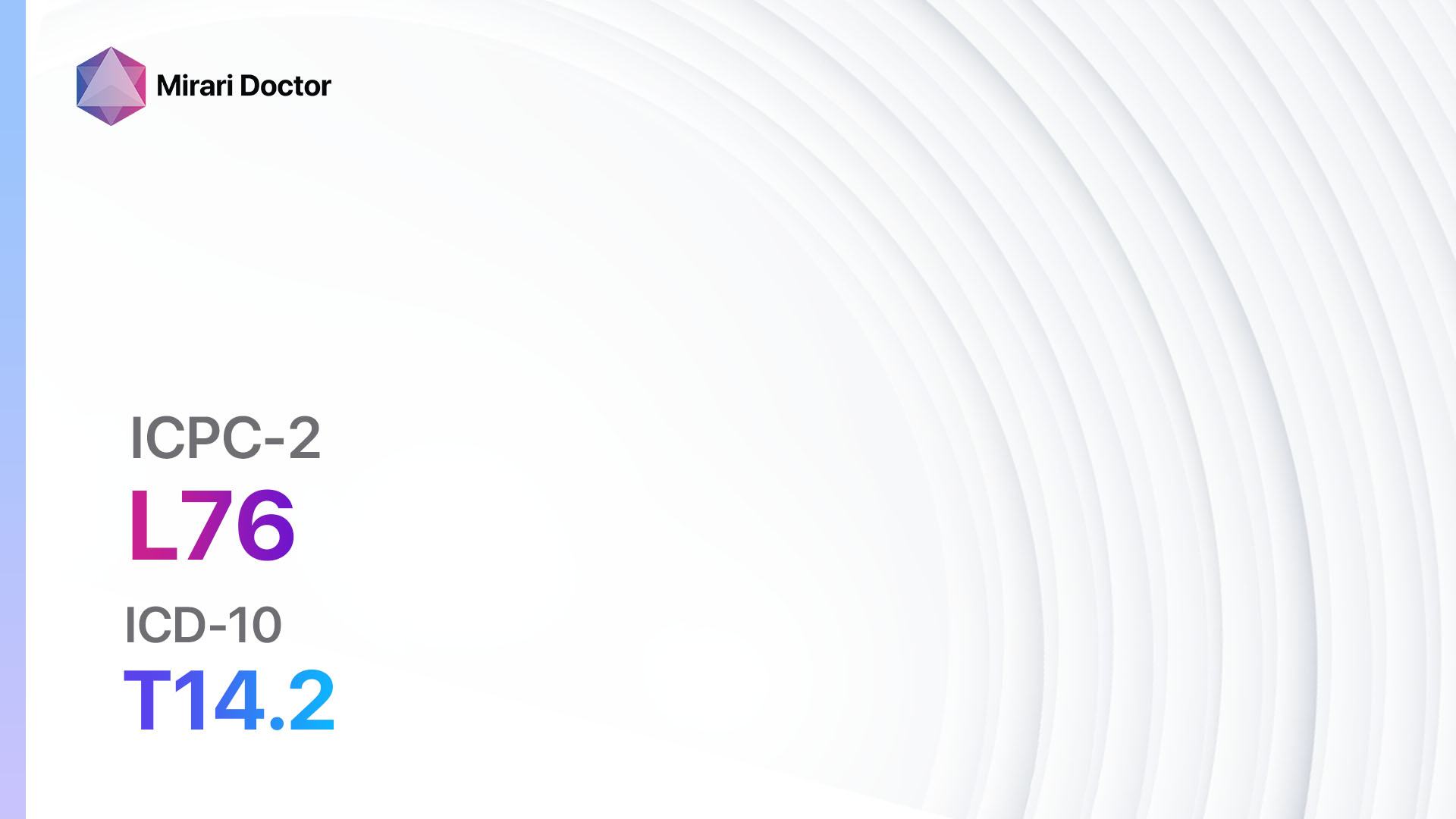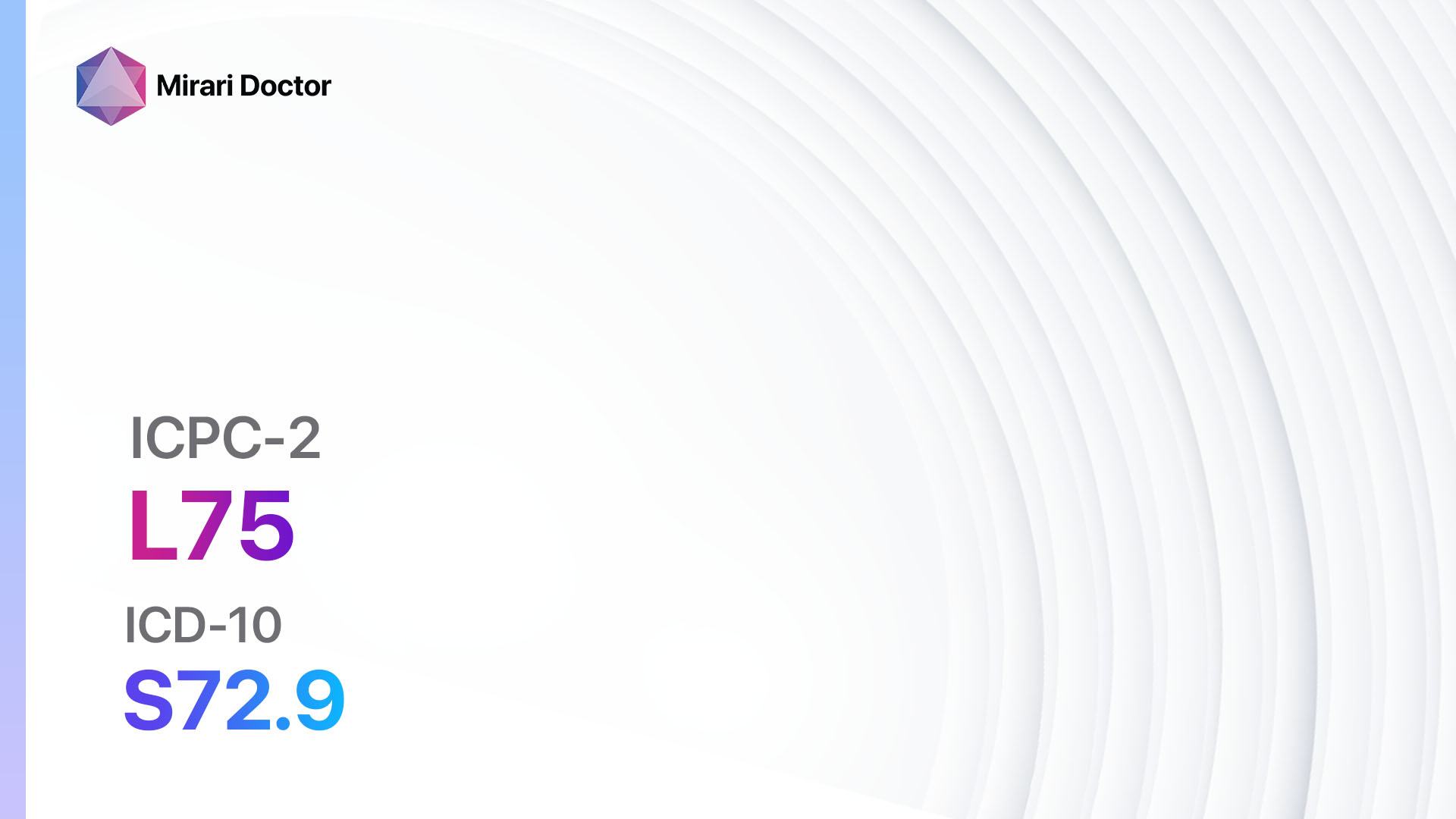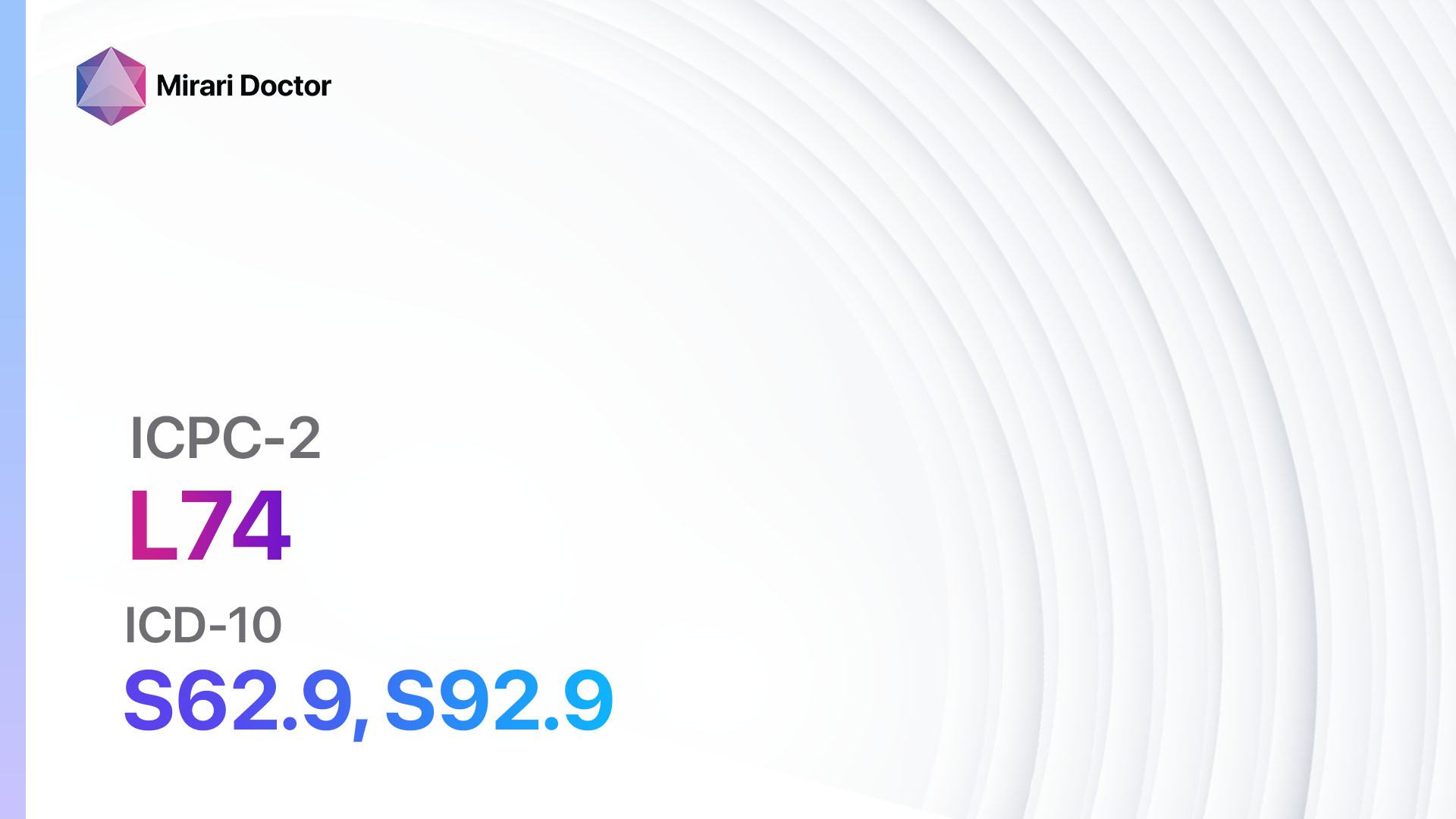
Introduction
Sprains and strains of joints are common injuries that can occur during physical activities or accidents. They involve the stretching or tearing of ligaments (sprains) or muscles/tendons (strains) around a joint[1][2]. This guide aims to provide an overview of the symptoms, causes, diagnostic steps, possible interventions, and lifestyle interventions for sprain/strain of joint NOS.
Codes
- ICPC-2 Code: L79 Sprain/strain of joint NOS[3]
- ICD-10 Code: S93.6 Sprain and strain of other and unspecified parts of foot[4]
Symptoms
- Pain: localized pain around the affected joint[5]
- Swelling: visible swelling or edema around the joint[6]
- Bruising: discoloration or bruising around the joint[7]
- Limited range of motion: difficulty moving the joint fully[8]
- Instability: feeling of joint instability or giving way[9]
Causes
- Trauma: sudden force or impact to the joint, such as a fall or collision[10]
- Overuse: repetitive stress or strain on the joint, often seen in athletes or individuals with repetitive job tasks
Diagnostic Steps
Medical History
- Gather information about the patient’s recent activities or events that may have led to the injury
- Identify any previous history of joint injuries or conditions
- Assess any risk factors for joint injuries, such as age, obesity, or poor conditioning
Physical Examination
- Inspect the affected joint for swelling, bruising, or deformity
- Palpate the joint to assess for tenderness or instability
- Evaluate the range of motion and strength of the joint
- Perform specific joint tests, such as the Lachman test for knee stability or the anterior drawer test for ankle stability
Laboratory Tests
- No specific laboratory tests are typically required for the diagnosis of sprain/strain of joint NOS
Diagnostic Imaging
- X-rays: may be used to rule out fractures or dislocations
- Ultrasound: can help visualize soft tissue injuries, such as ligament or tendon tears
- MRI: provides detailed images of soft tissues, useful for assessing ligament or muscle injuries
Other Tests
- Arthroscopy: a minimally invasive procedure that allows direct visualization of the joint using a small camera
- Electromyography (EMG): may be used to assess muscle function and identify any nerve involvement
Follow-up and Patient Education
- Provide instructions for at-home care, such as rest, ice, compression, and elevation (RICE)
- Advise the patient on the expected recovery timeline and when to seek further medical attention
- Educate the patient on injury prevention strategies, such as proper warm-up, stretching, and strengthening exercises
Possible Interventions
Traditional Interventions
Medications:
Top 5 drugs for Sprain/strain of joint NOS:
- Nonsteroidal anti-inflammatory drugs (NSAIDs) (e.g., Ibuprofen, Naproxen):
- Cost: Generic versions can be $3-$20/month.
- Contraindications: Active peptic ulcer disease, history of gastrointestinal bleeding, allergy to NSAIDs.
- Side effects: Upset stomach, heartburn, dizziness.
- Severe side effects: Gastrointestinal bleeding, kidney problems, allergic reactions.
- Drug interactions: Blood thinners, ACE inhibitors, diuretics.
- Warning: Prolonged use may increase the risk of cardiovascular events.
- Acetaminophen:
- Cost: Generic versions can be $3-$10/month.
- Contraindications: Severe liver disease, allergy to acetaminophen.
- Side effects: Rare at therapeutic doses.
- Severe side effects: Liver damage (with high doses or chronic use).
- Drug interactions: Alcohol, certain antibiotics.
- Warning: Avoid exceeding the recommended dose to prevent liver damage.
- Muscle relaxants (e.g., Cyclobenzaprine):
- Cost: Generic versions can be $10-$30/month.
- Contraindications: Glaucoma, heart rhythm disorders, recent heart attack.
- Side effects: Drowsiness, dry mouth, dizziness.
- Severe side effects: Severe allergic reactions, abnormal heart rhythms.
- Drug interactions: Sedatives, antidepressants, antihistamines.
- Warning: Avoid alcohol and activities requiring mental alertness while taking muscle relaxants.
- Topical analgesics (e.g., Lidocaine patches, Capsaicin cream):
- Cost: Lidocaine patches can be $10-$30/patch. Capsaicin cream can be $10-$20/tube.
- Contraindications: Allergy to local anesthetics (for lidocaine patches), broken or irritated skin.
- Side effects: Local skin reactions, such as redness or itching.
- Severe side effects: Rare, but may include severe allergic reactions.
- Drug interactions: None significant.
- Warning: Follow instructions for proper application and avoid contact with eyes or mucous membranes.
- Corticosteroids (e.g., Prednisone):
- Cost: Generic versions can be $10-$30/month.
- Contraindications: Active infections, systemic fungal infections, allergy to corticosteroids.
- Side effects: Increased appetite, weight gain, mood changes.
- Severe side effects: Increased risk of infections, osteoporosis, adrenal suppression.
- Drug interactions: NSAIDs, anticoagulants, antidiabetic medications.
- Warning: Prolonged use may require gradual tapering to avoid adrenal insufficiency.
Alternative Drugs:
- Topical NSAIDs (e.g., Diclofenac gel): Provides localized pain relief with fewer systemic side effects.
- Oral analgesics (e.g., Tramadol): May be used for more severe pain not adequately controlled by other medications.
- Muscle relaxants (e.g., Methocarbamol): Alternative option for muscle relaxation.
- Topical counterirritants (e.g., Menthol cream): Provides a cooling or warming sensation to relieve pain.
- Antidepressants (e.g., Amitriptyline): Can be used for chronic pain management.
Surgical Procedures:
- Surgery is typically not required for sprain/strain of joint NOS. However, in severe cases with significant ligament or tendon tears, surgical repair may be considered.
Alternative Interventions
- Physical therapy: Helps improve joint stability, range of motion, and strength. Cost: $50-$150 per session.
- Chiropractic care: May provide pain relief and improve joint function through manual adjustments. Cost: $50-$200 per session.
- Acupuncture: May help reduce pain and promote healing. Cost: $60-$120 per session.
- Massage therapy: Can help relax muscles, reduce pain, and improve circulation. Cost: $50-$100 per session.
- Homeopathic remedies: Some individuals find relief with homeopathic treatments, such as Arnica or Ruta graveolens. Cost: Varies depending on the specific remedy.
Lifestyle Interventions
- Rest and activity modification: Avoid activities that exacerbate pain or strain on the joint.
- Ice and heat therapy: Apply ice packs or cold compresses for the first 48 hours, then switch to heat therapy to promote healing and reduce pain.
- Compression and elevation: Use compression bandages or braces to support the joint and elevate the affected limb to reduce swelling.
- Physical activity and exercise: Engage in low-impact exercises and rehabilitation exercises to improve joint strength and flexibility.
- Weight management: Maintain a healthy weight to reduce stress on the joints.
- Proper footwear and equipment: Use appropriate footwear and protective equipment during physical activities to prevent injuries.
It is important to note that the cost ranges provided are approximate and may vary depending on the location and availability of the interventions.
Mirari Cold Plasma Alternative Intervention
Understanding Mirari Cold Plasma
- Safe and Non-Invasive Treatment: Mirari Cold Plasma is a safe and non-invasive treatment option for various skin conditions. It does not require incisions, minimizing the risk of scarring, bleeding, or tissue damage.
- Efficient Extraction of Foreign Bodies: Mirari Cold Plasma facilitates the removal of foreign bodies from the skin by degrading and dissociating organic matter, allowing easier access and extraction.
- Pain Reduction and Comfort: Mirari Cold Plasma has a local analgesic effect, providing pain relief during the treatment, making it more comfortable for the patient.
- Reduced Risk of Infection: Mirari Cold Plasma has antimicrobial properties, effectively killing bacteria and reducing the risk of infection.
- Accelerated Healing and Minimal Scarring: Mirari Cold Plasma stimulates wound healing and tissue regeneration, reducing healing time and minimizing the formation of scars.
Mirari Cold Plasma Prescription
Video instructions for using Mirari Cold Plasma Device – L79 Sprain/strain of joint NOS (ICD-10:S93.6)
| Mild | Moderate | Severe |
| Mode setting: 2 (Wound Healing) Location: 0 (Localized) Morning: 15 minutes, Evening: 15 minutes |
Mode setting: 2 (Wound Healing) Location: 0 (Localized) Morning: 30 minutes, Lunch: 30 minutes, Evening: 30 minutes |
Mode setting: 2 (Wound Healing) Location: 0 (Localized) Morning: 30 minutes, Lunch: 30 minutes, Evening: 30 minutes |
| Mode setting: 9 (Arthritis) Location: 0 (Localized) Morning: 15 minutes, Evening: 15 minutes |
Mode setting: 9 (Arthritis) Location: 0 (Localized) Morning: 30 minutes, Lunch: 30 minutes, Evening: 30 minutes |
Mode setting: 9 (Arthritis) Location: 0 (Localized) Morning: 30 minutes, Lunch: 30 minutes, Evening: 30 minutes |
| Total Morning: 30 minutes approx. $5 USD, Evening: 30 minutes approx. $5 USD |
Total Morning: 60 minutes approx. $10 USD, Lunch: 60 minutes approx. $10 USD, Evening: 60 minutes approx. $10 USD, |
Total Morning: 60 minutes approx. $10 USD, Lunch: 60 minutes approx. $10 USD, Evening: 60 minutes approx. $10 USD, |
| Usual treatment for 7-60 days approx. $70 USD – $600 USD | Usual treatment for 6-8 weeks approx. $1,260 USD – $1,680 USD |
Usual treatment for 3-6 months approx. $2,700 USD – $5,400 USD
|
 |
|
Use the Mirari Cold Plasma device to treat Sprain/strain of joint NOS effectively.
WARNING: MIRARI COLD PLASMA IS DESIGNED FOR THE HUMAN BODY WITHOUT ANY ARTIFICIAL OR THIRD PARTY PRODUCTS. USE OF OTHER PRODUCTS IN COMBINATION WITH MIRARI COLD PLASMA MAY CAUSE UNPREDICTABLE EFFECTS, HARM OR INJURY. PLEASE CONSULT A MEDICAL PROFESSIONAL BEFORE COMBINING ANY OTHER PRODUCTS WITH USE OF MIRARI.
Step 1: Cleanse the Skin
- Start by cleaning the affected area of the skin with a gentle cleanser or mild soap and water. Gently pat the area dry with a clean towel.
Step 2: Prepare the Mirari Cold Plasma device
- Ensure that the Mirari Cold Plasma device is fully charged or has fresh batteries as per the manufacturer’s instructions. Make sure the device is clean and in good working condition.
- Switch on the Mirari device using the power button or by following the specific instructions provided with the device.
- Some Mirari devices may have adjustable settings for intensity or treatment duration. Follow the manufacturer’s instructions to select the appropriate settings based on your needs and the recommended guidelines.
Step 3: Apply the Device
- Place the Mirari device in direct contact with the affected area of the skin. Gently glide or hold the device over the skin surface, ensuring even coverage of the area experiencing.
- Slowly move the Mirari device in a circular motion or follow a specific pattern as indicated in the user manual. This helps ensure thorough treatment coverage.
Step 4: Monitor and Assess:
- Keep track of your progress and evaluate the effectiveness of the Mirari device in managing your Sprain/strain of joint NOS. If you have any concerns or notice any adverse reactions, consult with your health care professional.
Note
This guide is for informational purposes only and should not replace the advice of a medical professional. Always consult with your healthcare provider or a qualified medical professional for personal advice, diagnosis, or treatment. Do not solely rely on the information presented here for decisions about your health. Use of this information is at your own risk. The authors of this guide, nor any associated entities or platforms, are not responsible for any potential adverse effects or outcomes based on the content.
Mirari Cold Plasma System Disclaimer
- Purpose: The Mirari Cold Plasma System is a Class 2 medical device designed for use by trained healthcare professionals. It is registered for use in Thailand and Vietnam. It is not intended for use outside of these locations.
- Informational Use: The content and information provided with the device are for educational and informational purposes only. They are not a substitute for professional medical advice or care.
- Variable Outcomes: While the device is approved for specific uses, individual outcomes can differ. We do not assert or guarantee specific medical outcomes.
- Consultation: Prior to utilizing the device or making decisions based on its content, it is essential to consult with a Certified Mirari Tele-Therapist and your medical healthcare provider regarding specific protocols.
- Liability: By using this device, users are acknowledging and accepting all potential risks. Neither the manufacturer nor the distributor will be held accountable for any adverse reactions, injuries, or damages stemming from its use.
- Geographical Availability: This device has received approval for designated purposes by the Thai and Vietnam FDA. As of now, outside of Thailand and Vietnam, the Mirari Cold Plasma System is not available for purchase or use.
References
- Medline Plus. Sprains and Strains. https://medlineplus.gov/sprainsandstrains.html
- Mayo Clinic. Sprains. https://www.mayoclinic.org/diseases-conditions/sprains/symptoms-causes/syc-20377938
- AAPC. ICD-10-CM Code for Sprain of foot S93.6. https://www.aapc.com/codes/icd-10-codes/S93.6
- Gesund Bund. S93.6 Sprain and strain of other and unspecified parts of foot. https://gesund.bund.de/en/icd-code-search/s93-6
- Medicine Net. Sprains and Strains Meaning, Causes, First Aid, Treatment. https://www.medicinenet.com/sprained_ankle/article.htm
- Medical News Today. Sprain vs. strain: Symptoms, causes, and treatment. https://www.medicalnewstoday.com/articles/321807
- Health Direct. Sprains and strains. https://www.healthdirect.gov.au/sprains-and-strains
- Cleveland Clinic. Sprains: Types, Symptoms & Treatment. https://my.clevelandclinic.org/health/diseases/sprains
- MSD Manuals. Overview of Sprains and Other Soft-Tissue Injuries. https://www.msdmanuals.com/professional/injuries-poisoning/sprains-and-other-soft-tissue-injuries/overview-of-sprains-and-other-soft-tissue-injuries
- Stanford Health Care. Treatment for Sprains and Strains. https://stanfordhealthcare.org/medical-conditions/bones-joints-and-muscles/sprains-and-strains/treatments.html
Related articles
Made in USA



